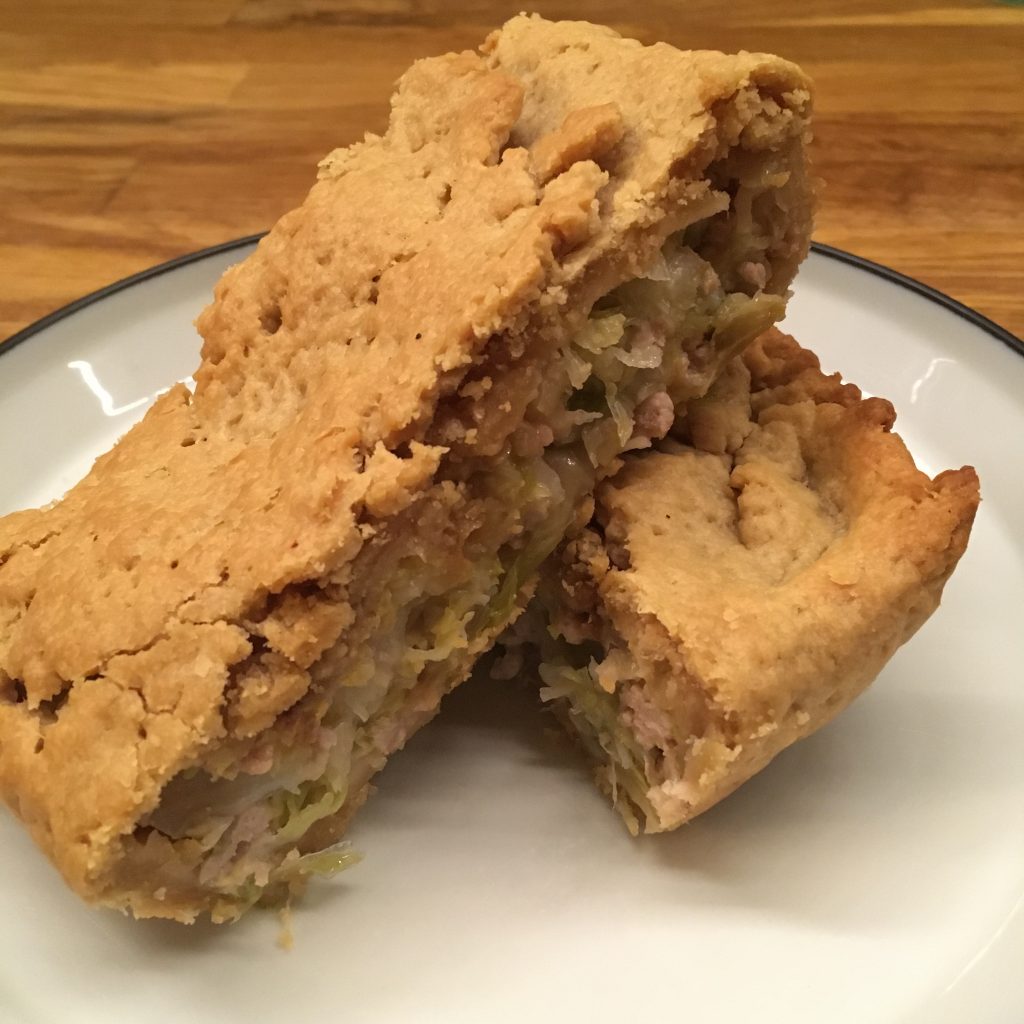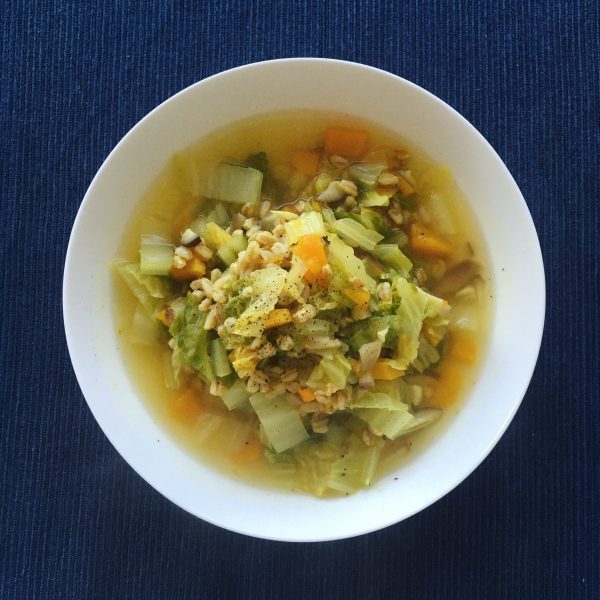There’s no secret here, I love all sorts of stuffed food: dumplings, ravioli, gyoza, pies and all the others. And I cook some almost every week. Last week I was set to cook an okonomiyaki, I had the Chinese cabbage, the pork meat and dinner was all set. But then, A. reminded me that we had scrambled eggs for breakfast and then an okonomiyaki would mean eggs again (since when does he care???) so I just acknowledged and said, well then, let’s remove the eggs from it and that’s gonna be a pie!!! (I am not the only big fan of pies and dumplings, A. is always OK!)
So here I am now thinking about how to make it happen. And it turned out to be fairly simple and simply delicious. Here is my original recipe.
Okonomiyaki style pie (2 servings as main)
- For the pie crust
- 200g of flour
- 20cl of vegetal oil
- 10cl of soya sauce
- Water
- For the filling
- 1/2 Chinese cabbage
- 100g of ground pork or chop filet
- a handful of katsuobushi flakes
Mix all ingredients for the dough. Add water little by little to obtain a smooth and non sticky dough. Let is rest a bit.
In the meantime, chop the Chinese cabbage and put it in a pan with the meat and cover. Cook at medium heat for 5-10 min, then remove the cover, add the katsuobushi and cook until all the water from the cabbage is gone.
Roll the dough for your pie dish, with amply enough to be able to make the cover by folding it it. Set in your pie dish and fill with the filling, fold the dough to close the pie. Bake at 200 degrees until dough is golden.
That’s it!





